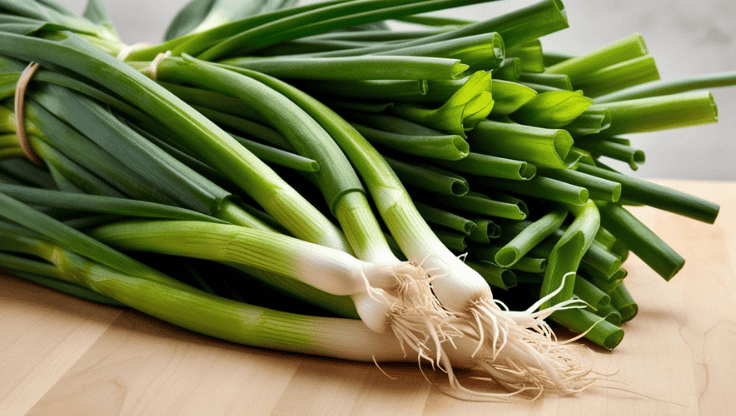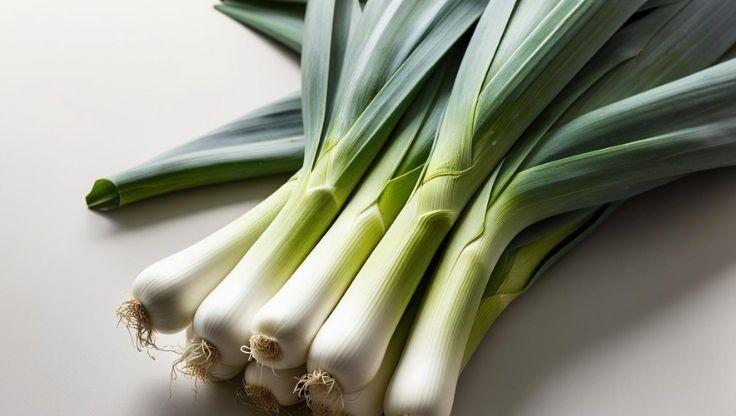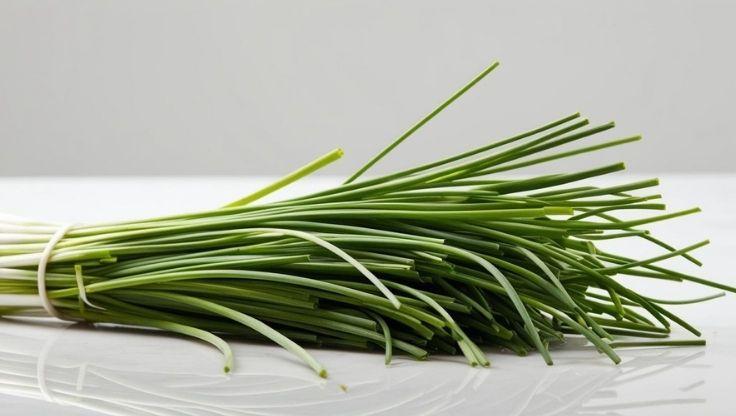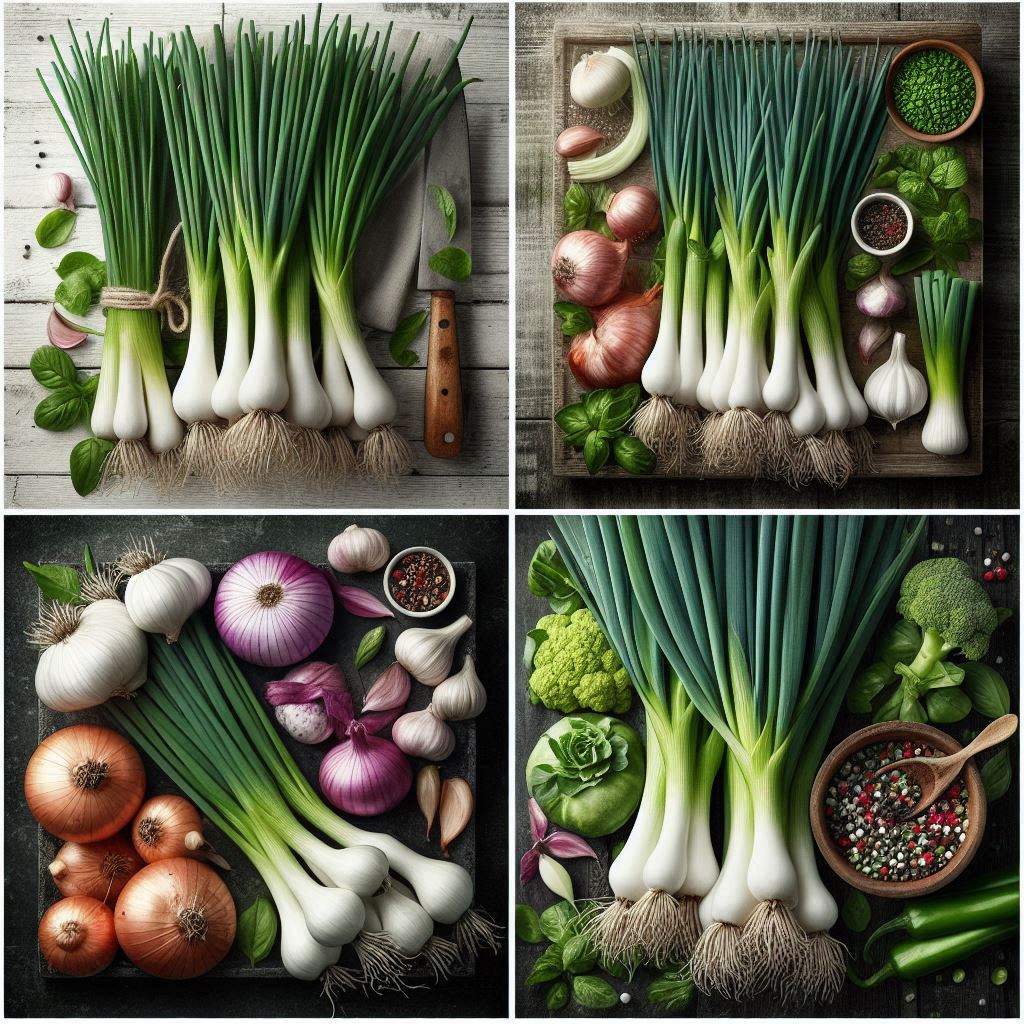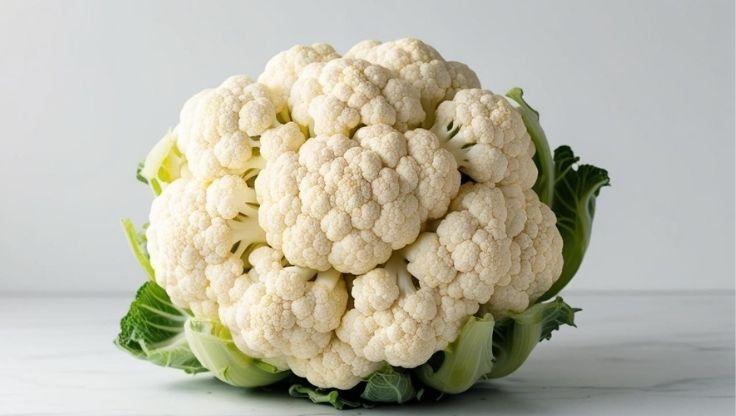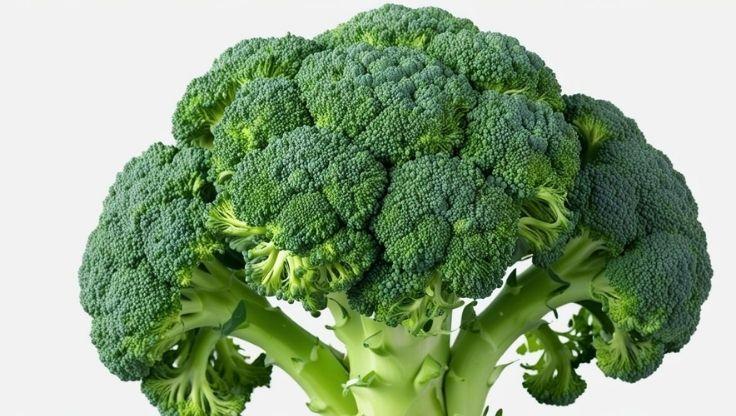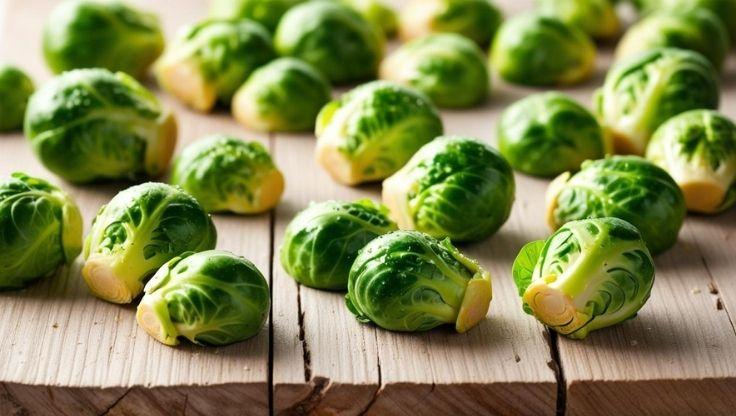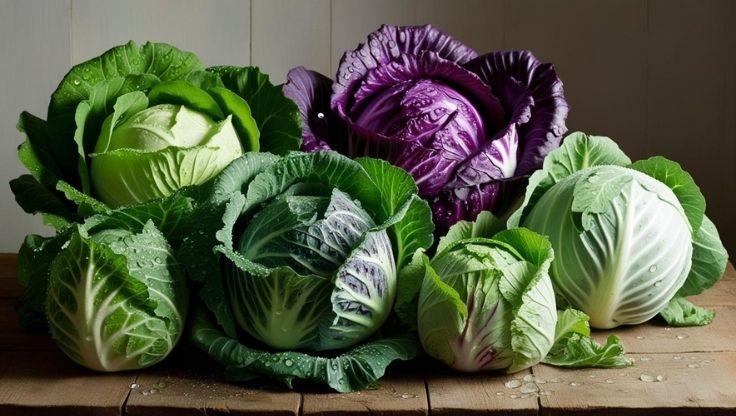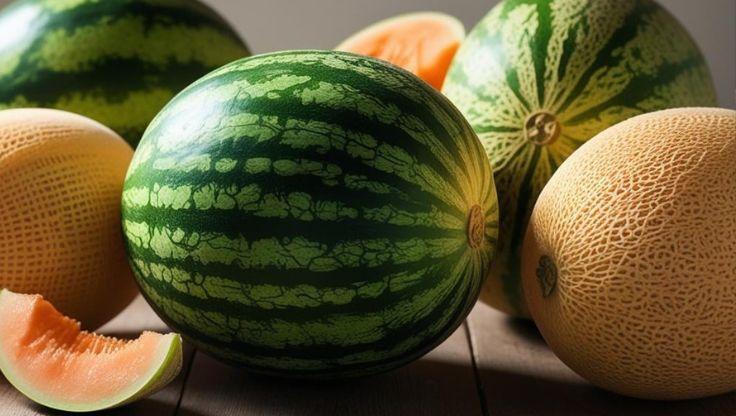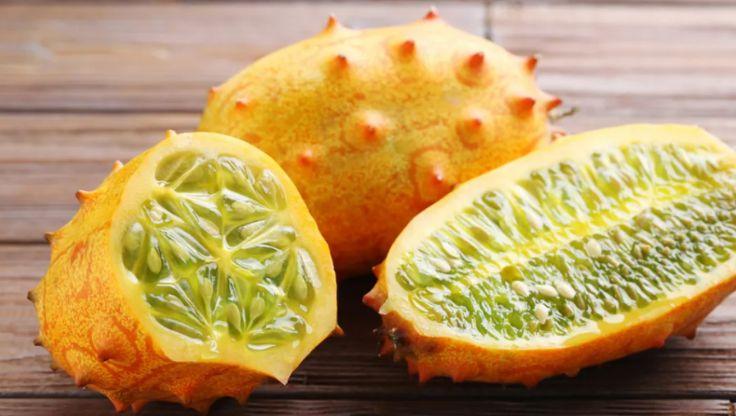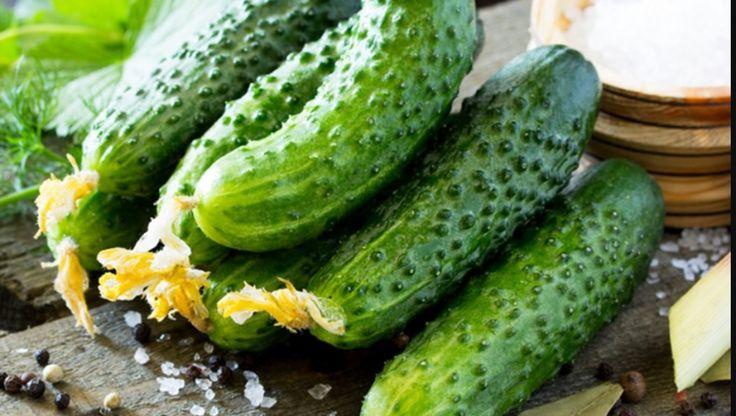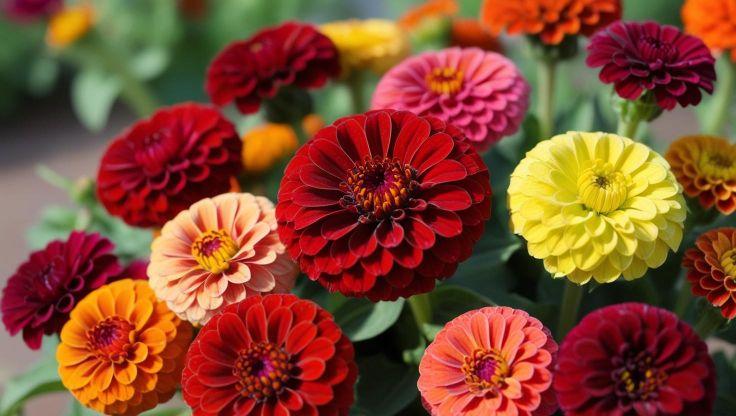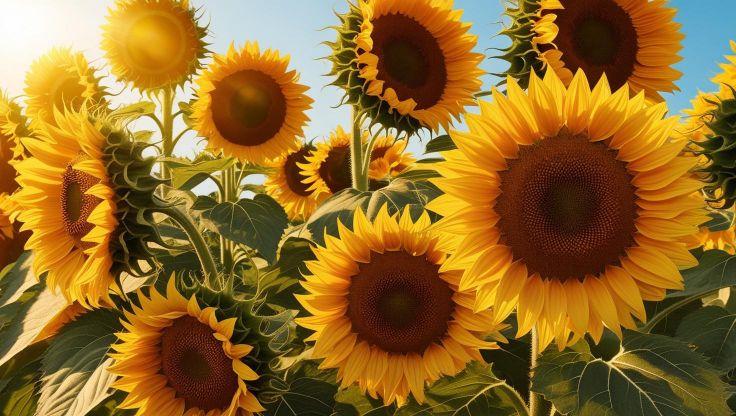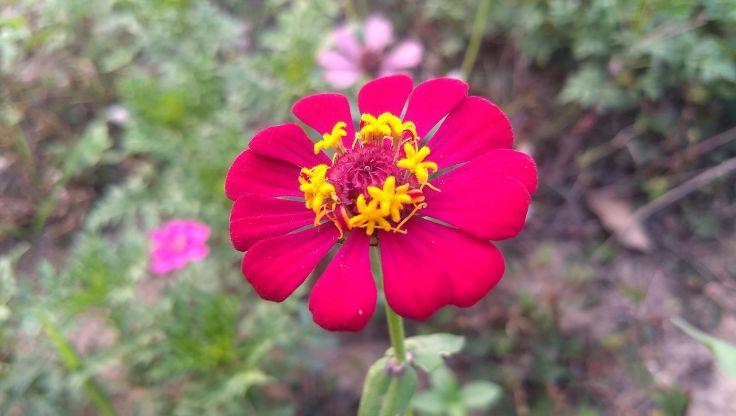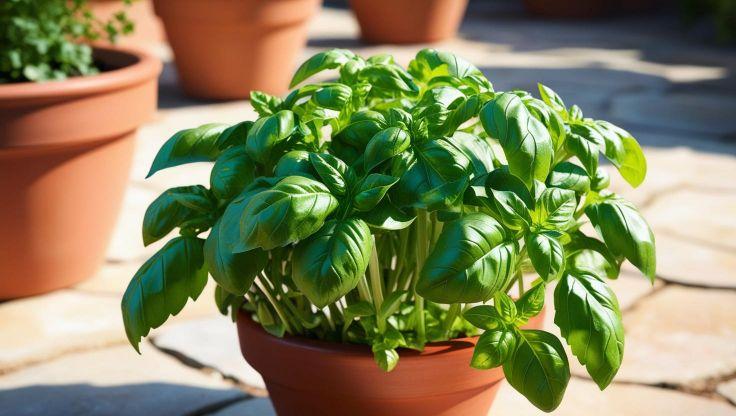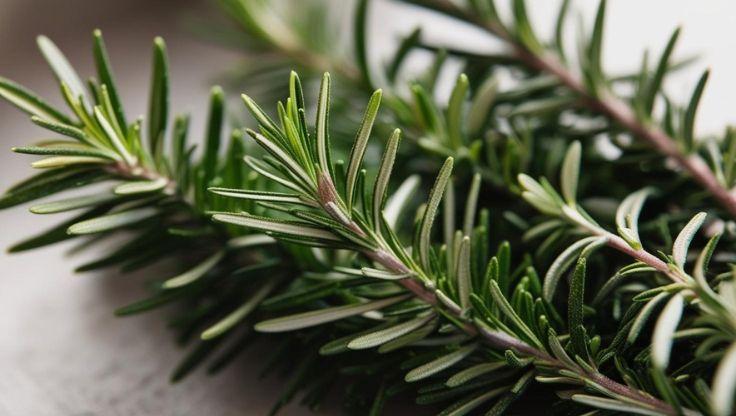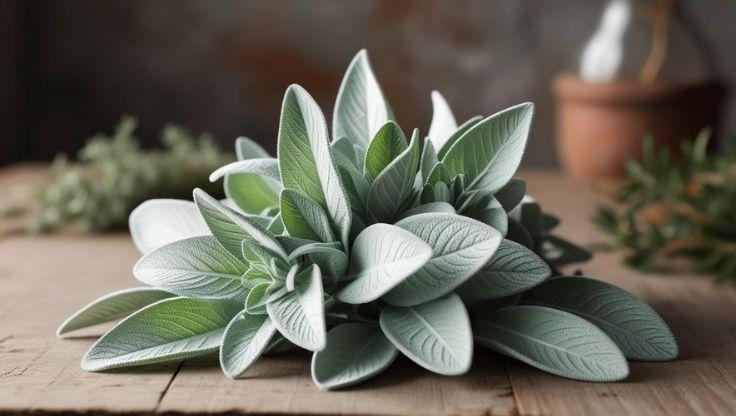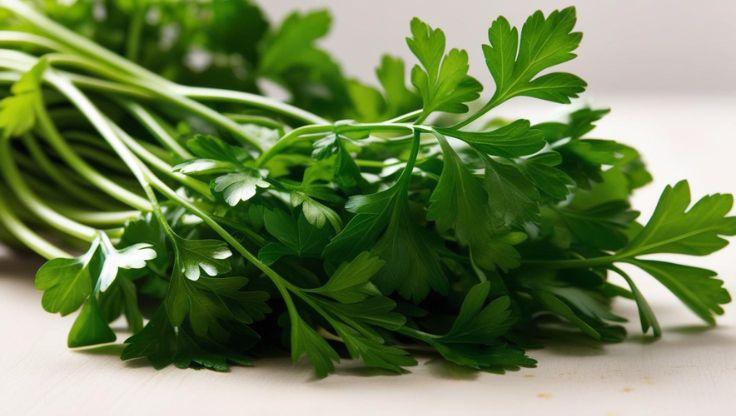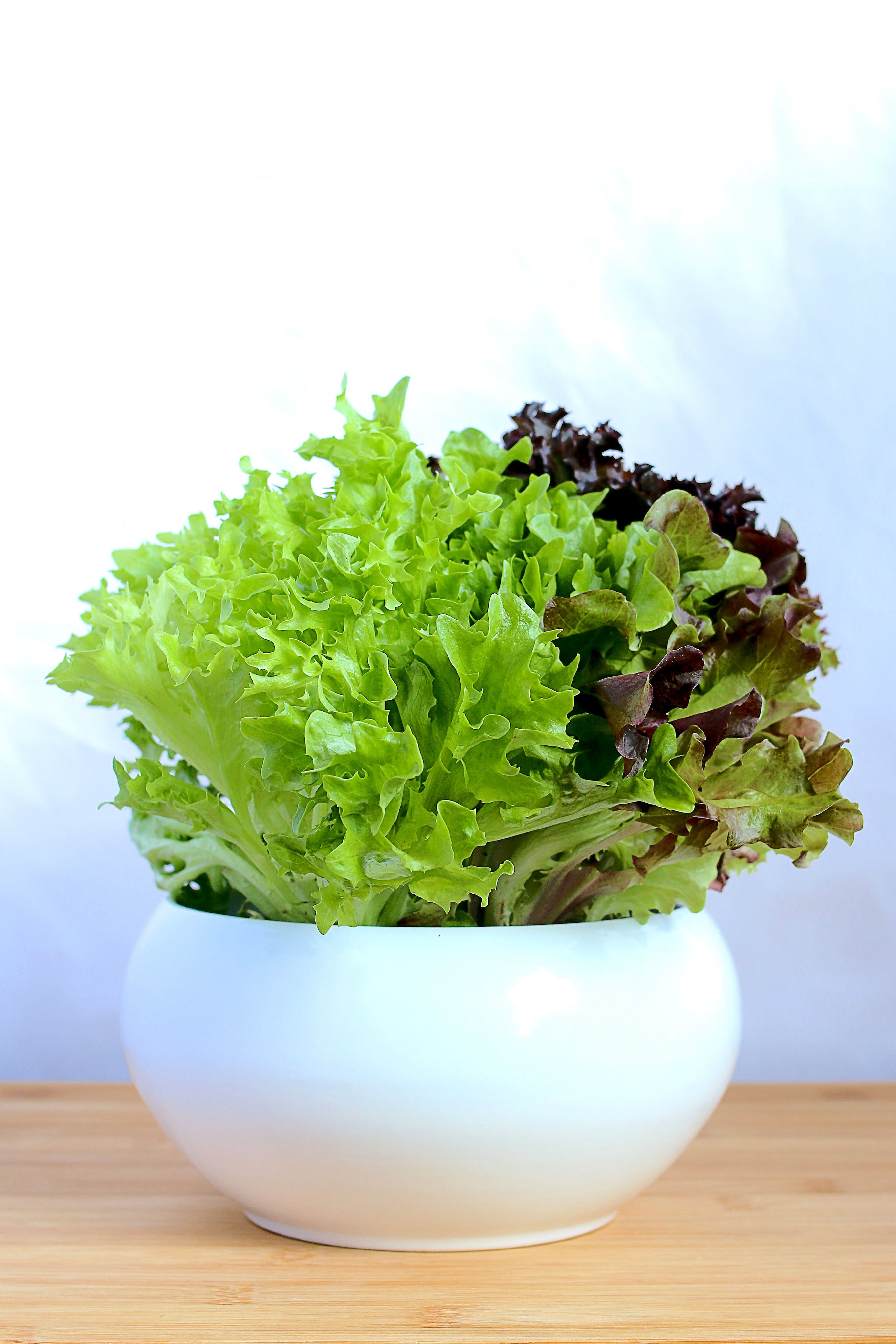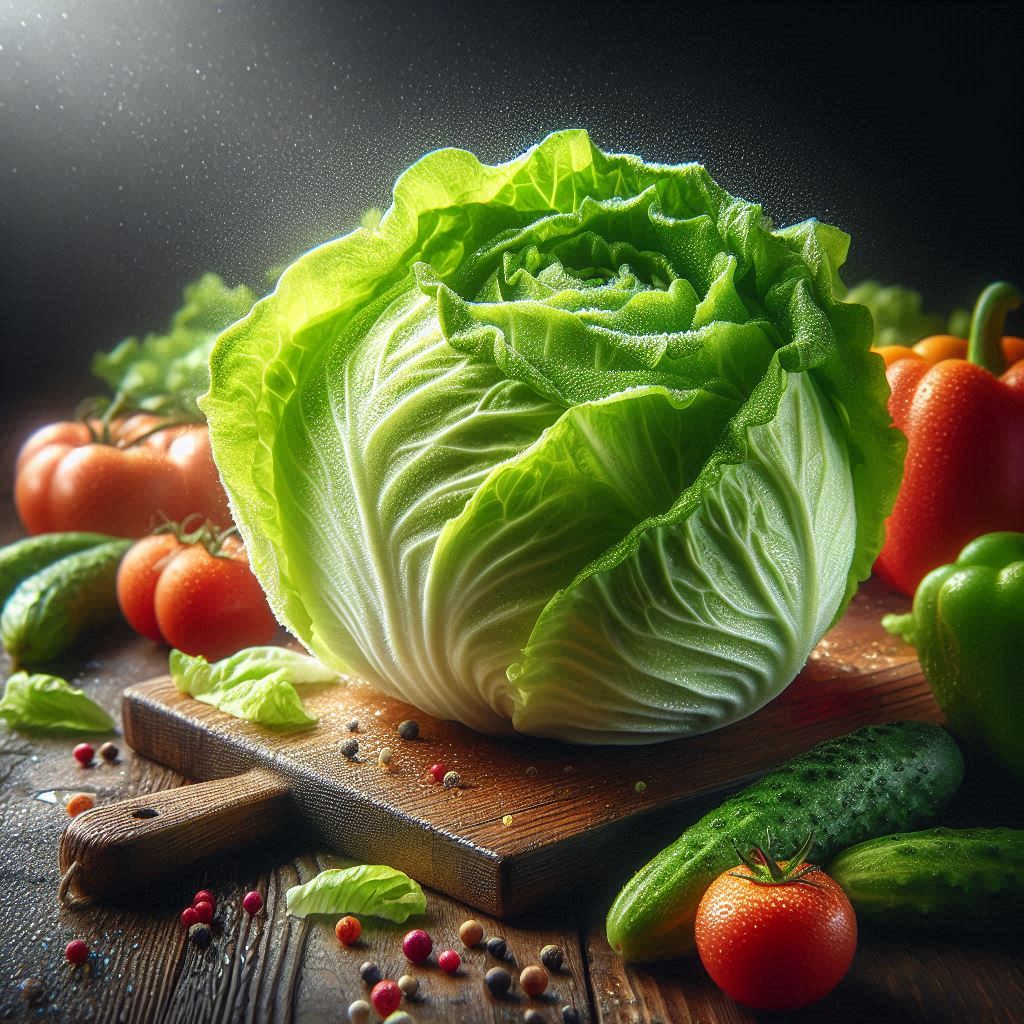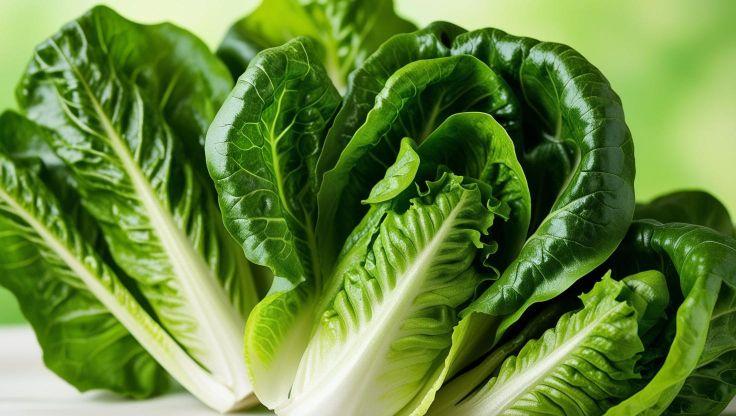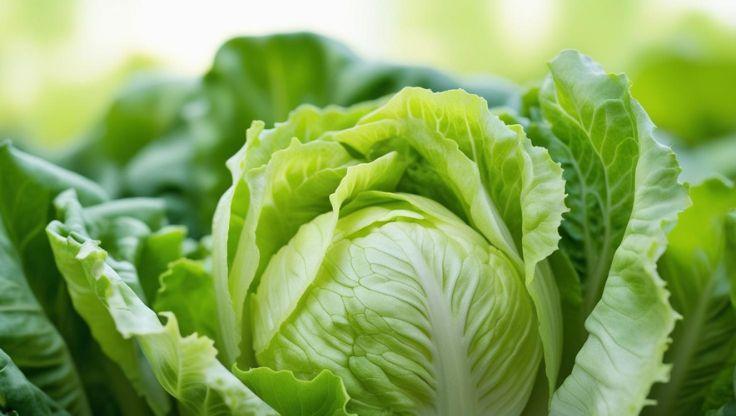Hydroponic Plants: Efficient Cultivation of Hon Tat Tsai
Hon Tat Tsai (Brassica chinensis var. rosularis), commonly known as rosette bok choy, is a nutrient-dense leafy vegetable native to Asia, prized for its mild flavor and rich nutritional profile. Frequently used in stir-fries, soups, and salads, this versatile plant has gained popularity due to its adaptability in various cultivation methods. As hydroponic farming continues to evolve, hydroponic plants like Hon Tat Tsai thrive in controlled environments, benefiting from enhanced nutrient absorption, reduced water consumption, and minimized pest exposure, making hydroponic cultivation a highly efficient alternative to traditional soil-based farming.

-
Optimized Guide to Hydroponic Growing Conditions for Hon Tat Tsai
Hydroponic plants, including Hon Tat Tsai, thrive in carefully controlled environments that enhance nutrient absorption, accelerate growth, and minimize disease risks. By maintaining precise conditions, growers can achieve higher yields and healthier crops.
Ideal pH and EC Levels for Hydroponic Hon Tat Tsai
Ensuring the correct pH and electrical conductivity (EC) levels is essential for optimal nutrient uptake and plant health.
- pH Range: The recommended pH for hydroponic Hon Tat Tsai is 5.5–6.5, allowing efficient absorption of essential nutrients.
- EC Levels: Keeping EC levels between 1.5–2.5 mS/cm ensures a balanced nutrient supply, promoting steady mineral absorption and preventing deficiencies.
Light, Temperature, and Humidity Requirements
Like other hydroponic plants, Hon Tat Tsai requires specific environmental conditions to support steady growth and uniform leaf expansion.
- Light Exposure: Hydroponic Hon Tat Tsai thrives with 12–16 hours of daily light, preferably from full-spectrum LED grow lights, which replicate natural daylight and enhance photosynthesis.
- Temperature Range: The optimal temperature for growth is 10–24°C (50–75°F), ensuring consistent leaf development and preventing stress-related growth delays.
- Humidity Control: Maintaining humidity levels between 60–70% prevents dehydration while promoting healthy foliage and reducing the risk of fungal diseases.
Additional Considerations for Hydroponic Hon Tat Tsai
Selecting the right hydroponic system is crucial for maximizing yield and quality. Hydroponic cultivation offers advantages such as enhanced nutrient delivery, reduced water consumption, and accelerated growth cycles, making it a sustainable alternative to traditional soil-based farming.
Nutrient Solutions and Water Management
Hydroponic plants like Hon Tat Tsai require key nutrients such as nitrogen, phosphorus, potassium, calcium, and magnesium for strong leaf formation. Proper pH regulation, oxygenation, and temperature control contribute to vigorous plant development.
Optimized Guide to the Cultivation Process for Hydroponic Hon Tat Tsai
Hydroponic plants, including Hon Tat Tsai, follow a structured growth cycle that ensures rapid development, efficient nutrient absorption, and high-quality leaf production. By carefully managing each stage, growers can achieve superior yields while maintaining optimal plant health.
Seed Germination and Early Growth
The cultivation process begins with seed germination, a crucial phase that determines plant vigor and overall success.
- Germination Time: Hon Tat Tsai seeds typically sprout within 5–10 days, provided they are placed in a suitable growing medium such as rockwool or coco coir.
- Seedling Development: Over the next 3–4 weeks, seedlings establish strong root systems and develop their first true leaves.
- Optimal Conditions: Maintaining a temperature range of 10–24°C (50–75°F) and ensuring adequate moisture levels promote successful germination and early growth.
Transplanting and Growth Acceleration
Once seedlings reach a stable growth stage, they are ready for hydroponic transplantation.
- Transplant Timing: Seedlings should be moved to their hydroponic setup within 4–5 weeks after germination.
- Growth Duration: Hon Tat Tsai matures within 50–80 days, with early varieties ready in 50 days, while later cultivars require up to 80 days.
- Nutrient Optimization: A well-balanced nutrient solution ensures robust leaf formation and prevents deficiencies.
Complete Seed-to-Harvest Cycle
The full cultivation cycle of hydroponic Hon Tat Tsai lasts approximately 70–90 days, depending on environmental conditions and variety selection.
- Preventing Premature Bolting: Proper spacing, balanced nutrients, and controlled light exposure help prevent premature bolting, ensuring fully developed leaves.
- Harvesting Considerations: Early harvesting enhances tenderness, while later harvesting allows for larger leaf production.
By following these guidelines, hydroponic plants can achieve superior growth rates, healthier development, and sustainable yields. Hydroponic Hon Tat Tsai provides a reliable and resource-efficient method for producing fresh, nutritious crops year-round.
Uses and Benefits of Hydroponic Hon Tat Tsai
Hydroponic plants, including Hon Tat Tsai, offer numerous advantages in both culinary applications and health benefits. As a nutrient-rich leafy vegetable, Hon Tat Tsai is widely used in various cuisines and provides essential vitamins and minerals that support overall well-being.
Culinary Applications of Hydroponic Hon Tat Tsai
Hon Tat Tsai is a versatile ingredient that enhances flavors and textures across multiple cooking methods.
- Stir-Fries: This leafy green adds depth and texture to stir-fried dishes, complementing a variety of proteins and sauces.
- Soups: Hon Tat Tsai enriches broths with its slightly sweet and earthy flavor while boosting nutritional value.
- Salads: Its crisp, tender leaves provide a refreshing component to salads, pairing well with citrus-based dressings and fresh herbs.
Health Benefits of Hydroponic Hon Tat Tsai
Beyond its culinary versatility, hydroponic plants like Hon Tat Tsai provide significant health benefits.
- Rich in Essential Nutrients: Packed with Vitamin A, Vitamin C, and antioxidants, Hon Tat Tsai supports immune health, digestion, and bone strength.
- Gut Health and Digestion: Its high fiber content promotes a healthy digestive system, aiding in nutrient absorption and gut microbiome balance.
- Bone and Cardiovascular Support: The presence of calcium and folate contributes to strong bones and heart health, reducing the risk of chronic conditions.
By incorporating hydroponic Hon Tat Tsai into daily meals, individuals can enjoy both its culinary diversity and its numerous health advantages.


